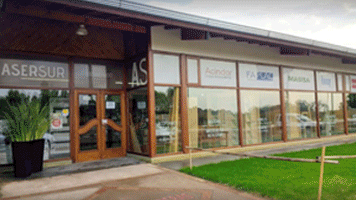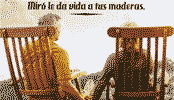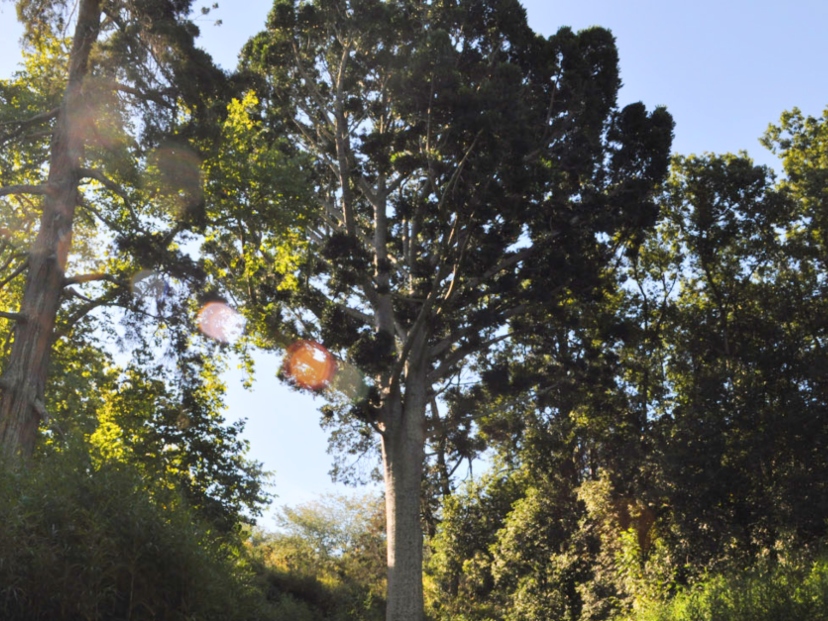
Did you know that the only “glass tree” in America is in Buenos Aires?
It is a native of Oceania, is 150 years old and is located in one of the largest parks in the country. In the heart of the Pereyra Iraola park, located in the province of Buenos Aires, there is a “crystal tree” that, over the years, has become one of the main tourist attractions of the place.
This gigantic specimen, which surprises with the diameter of its trunk and its crown, full of branches, has survived in the same place for the last 150 years.
And, although science and technology advances, when this “crystal tree” dies, the species will likely disappear from the continent.
What is the history of the only “crystal tree” in Argentina?
The only “glass tree” in America arrived in this area of the province of Buenos Aires in the mid-1870s, when Leonardo Higinio Pereyra Iraola returned to the country after a trip through Oceania.
That is, the Argentine worked to plant 12 specimens of this species, officially known as “Agathis Alba”, which is native to the aforementioned continent and, until now, was not present in ours.
Unfortunately, of all those planted, two reached adulthood and only one survived to this day in this giant natural property shared by Berazategui, Ensenada, Florencio Varela and La Plata.
Why is it called “crystal tree”?
One of the doubts that has lasted the most over time, in relation to this strange species, is the reason for its name.
So, thanks to historical records, it was proven that the “crystal tree” is called this way because it produces a special resin, capable of shining at night, like a precious stone would.
How is this very particular species protected?
The only “glass tree” in America is so special that extensive measures have been taken to protect the gigantic specimen, which shares the landscape with 36% of the superior plant species in Buenos Aires.
That is, the area where it is proposed receives permanent police surveillance. And, furthermore, its protection increased since it was declared a Natural Monument of the Province of Buenos Aires.
In any case, since the species cannot reproduce alone, it is likely that it will disappear from the continent when this single specimen dies.
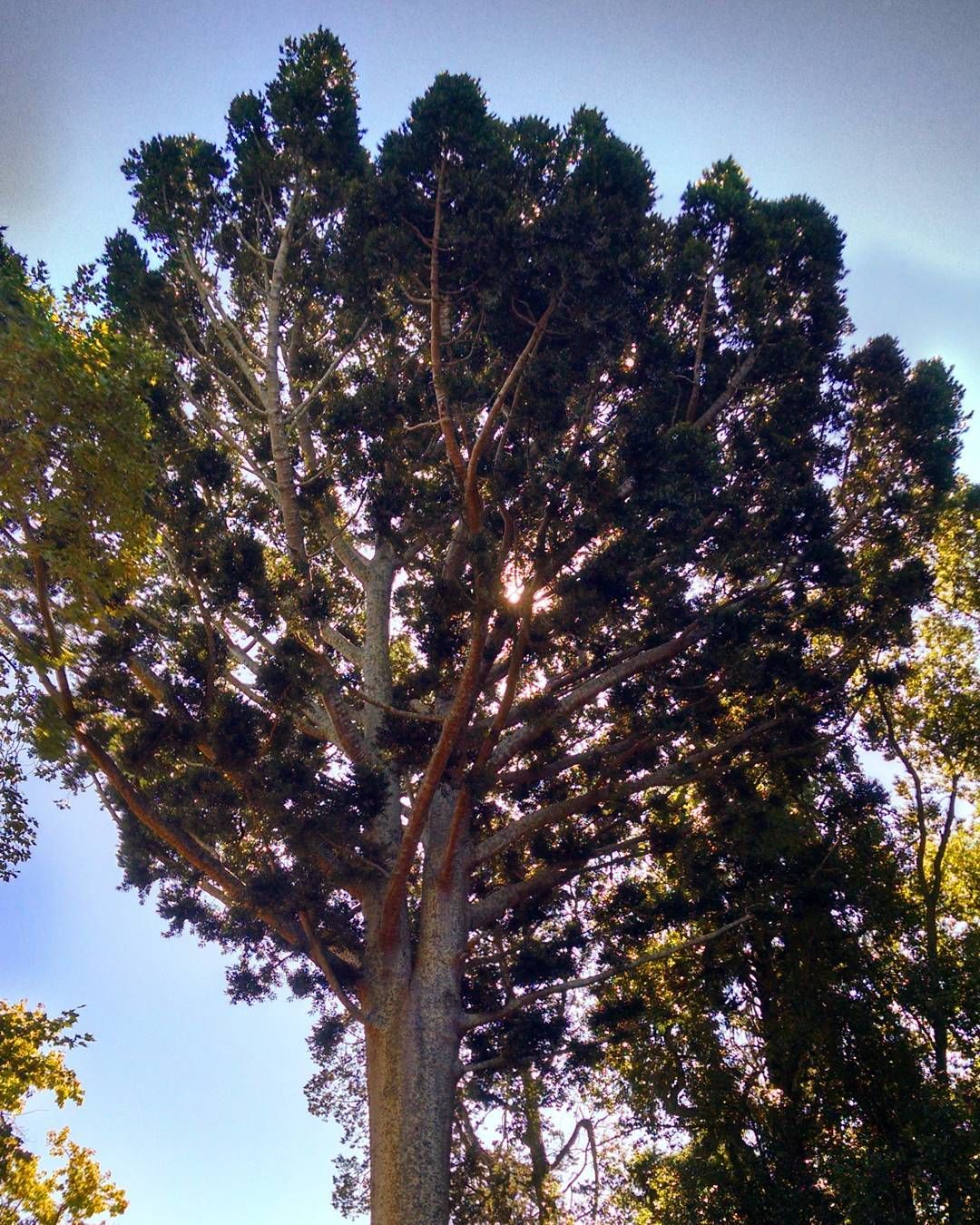

IT MAY INTEREST YOU
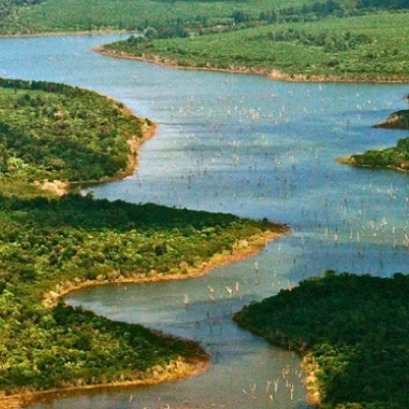 The second largest wetland in South America is located in Argentina: what is it?
The second largest wetland in South America is located in Argentina: what is it?
Argentina has national parks that place it in a unique position within South America, competing with 300 others. Which is the largest? South America is home to more than 300 national parks, but many go unnoticed. There are extensive wetlands that have been the subject of major ecological restoration projects, to coastal mountains with deep indigenous heritage. Today we tell you the case of one located in Argentina.
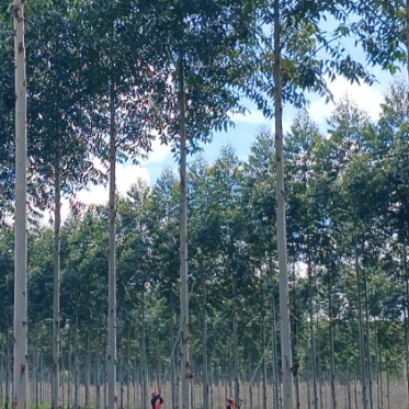 Paraguay | The plantations became instruments of territorial development and the generation of decent employment, INFONA highlights.
Paraguay | The plantations became instruments of territorial development and the generation of decent employment, INFONA highlights.
Plantings in different phases, control of ants and weeds, pruning and thinning, mechanized harvest, technology applied to the field and complete integration of the production cycle were part of the CREA Forestal proposal in its Technical Update Conference – JAT Forestal 2025. The event took place on Friday, November 14, at Estancia Ñemity, located in San Juan Nepomuceno, Caazapá, where agricultural producers, technicians, contractors, students and companies in the sector met to observe the forestry business of the future in action.
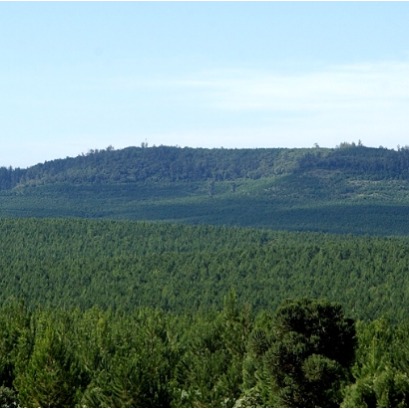 Free seminar on the implementation of the European EUDR regulation on deforestation-free wood products
Free seminar on the implementation of the European EUDR regulation on deforestation-free wood products
The Argentine Forestry Association (AFoA) organizes the seminar «EUDR in Forest Products: Current status of implementation. Regulatory requirements and private experiences", which will take place on Wednesday, November 26, from 11:00 a.m. to 12:00 p.m., via Zoom, with live streaming on YouTube. The European Regulation on Deforestation-Free Products (EUDR) will enter into force on December 31, 2025 and will impose new requirements for forest products entering the European Union market.












